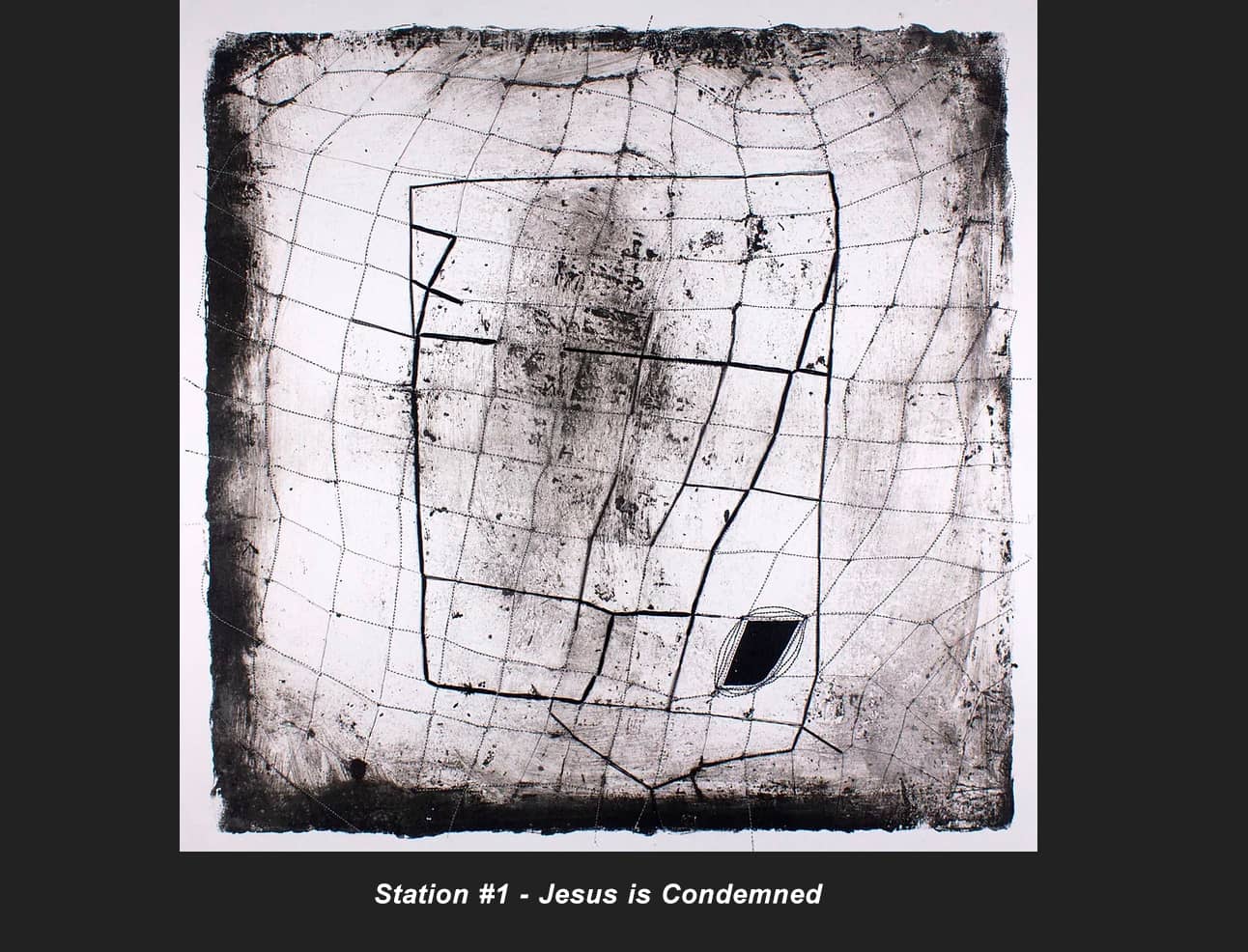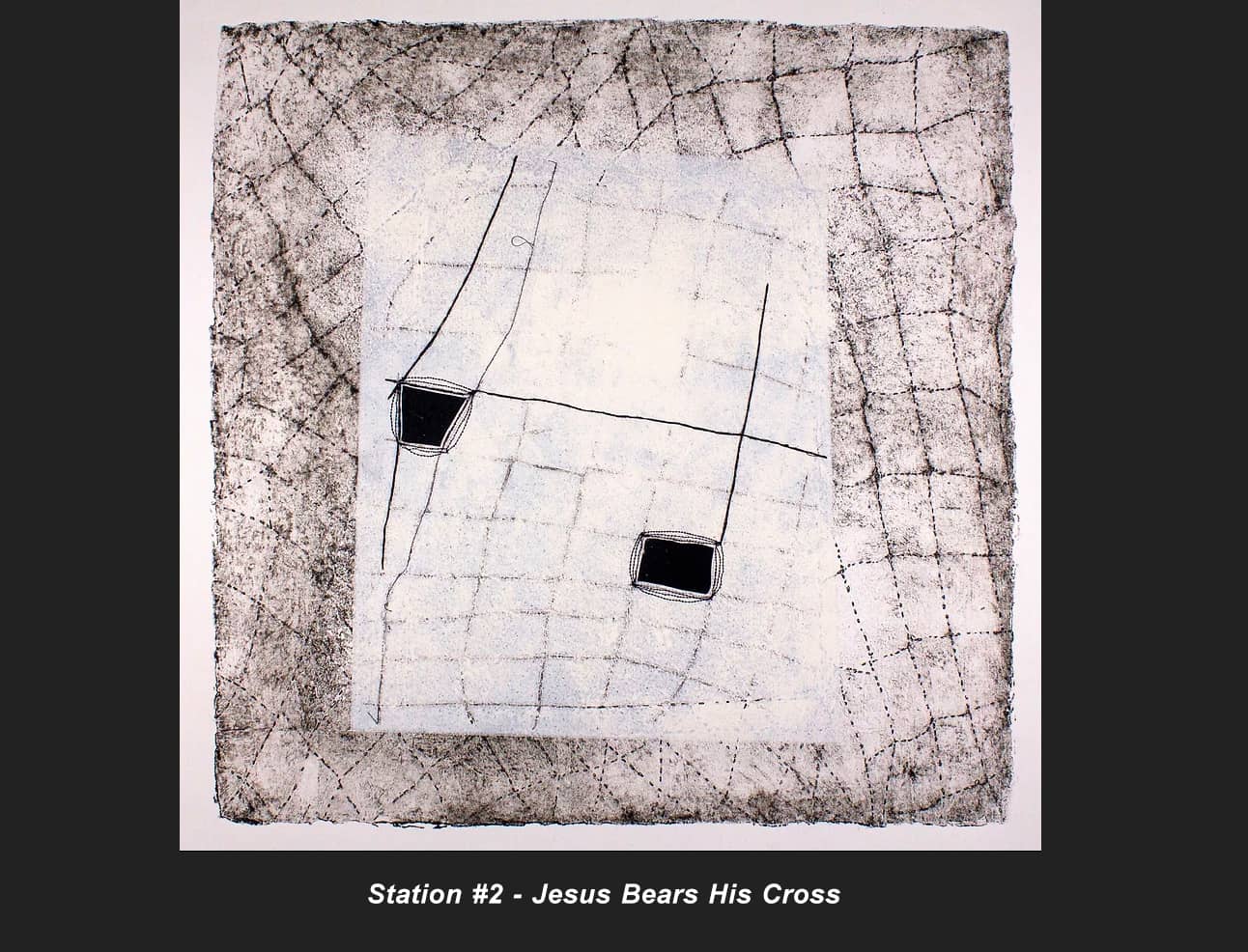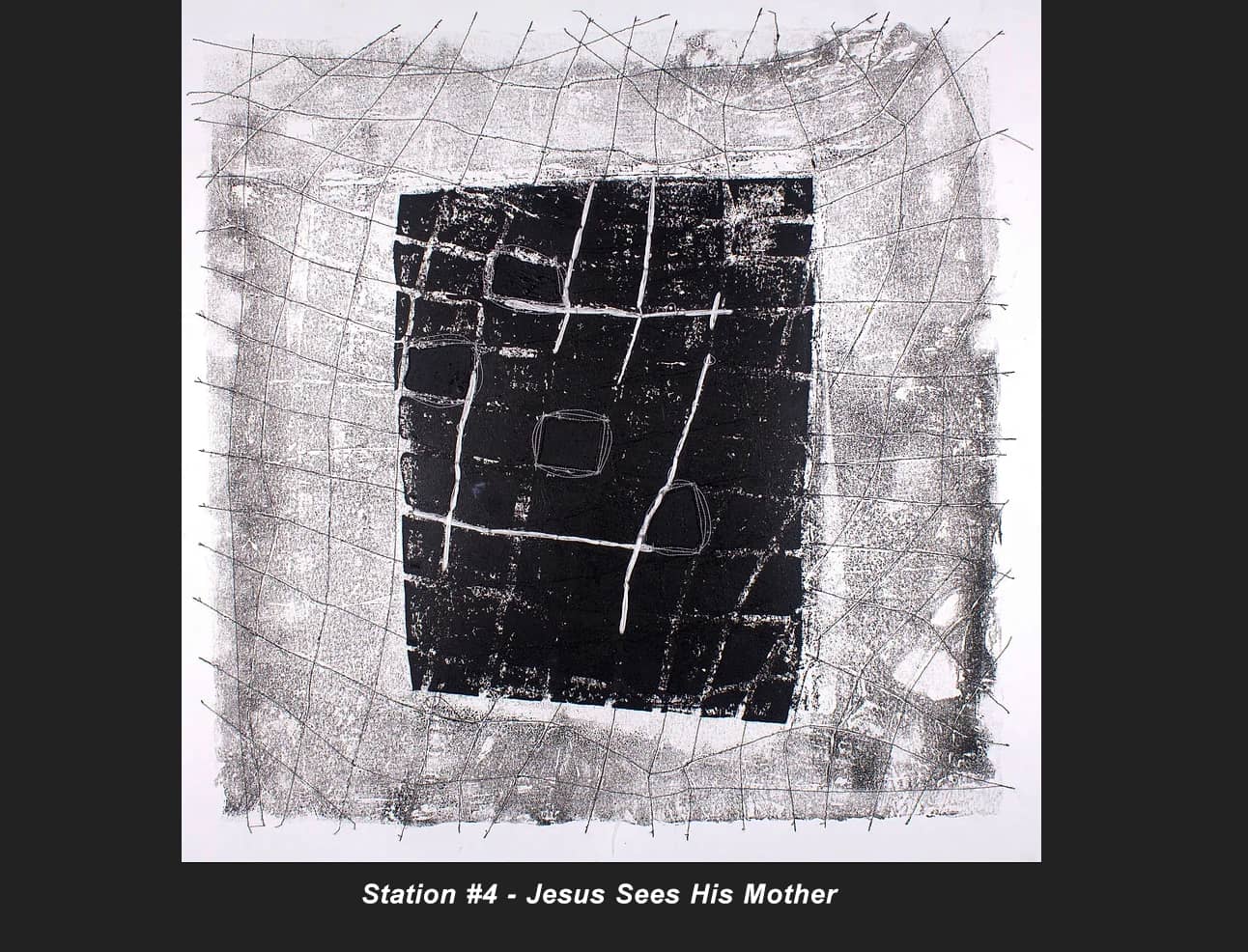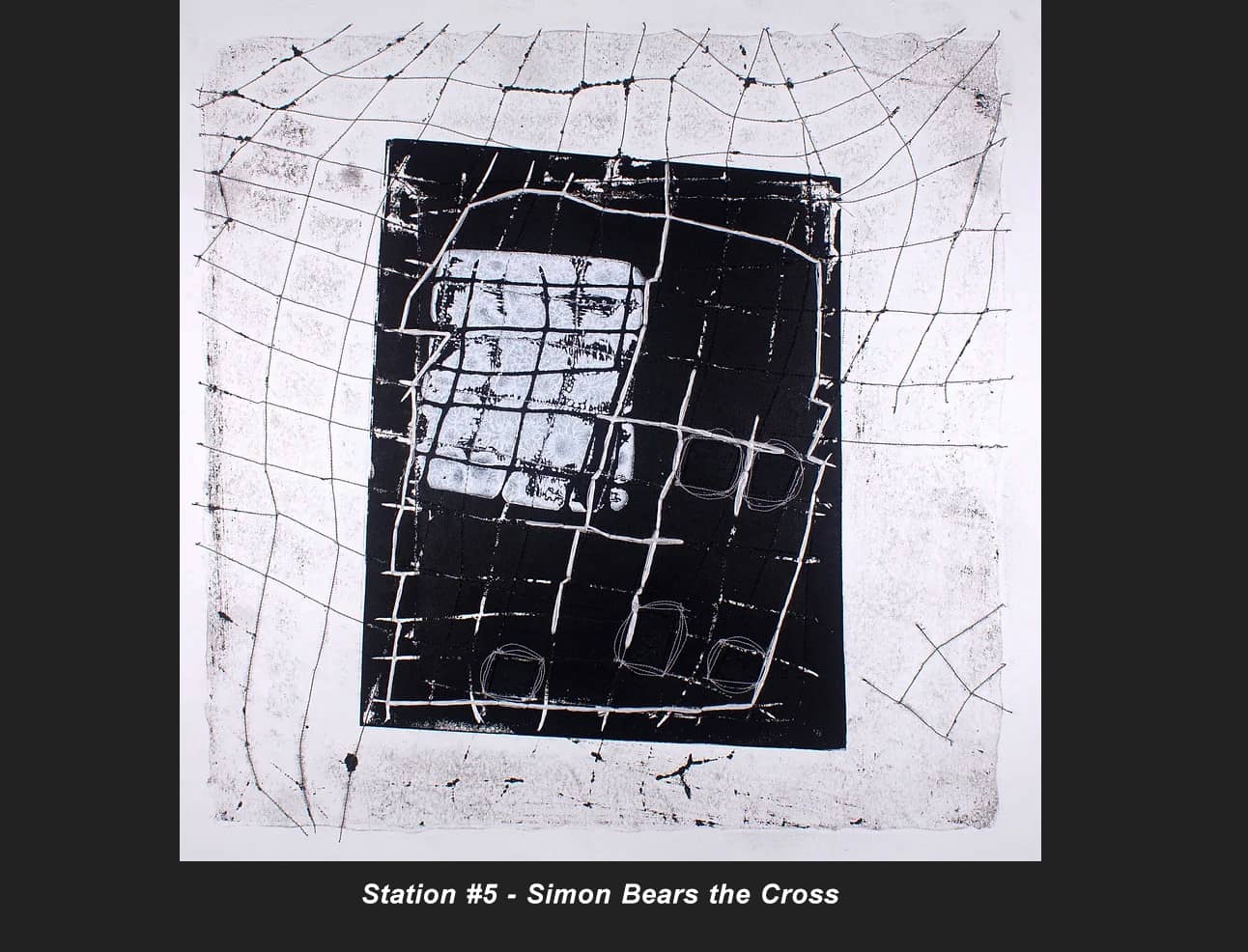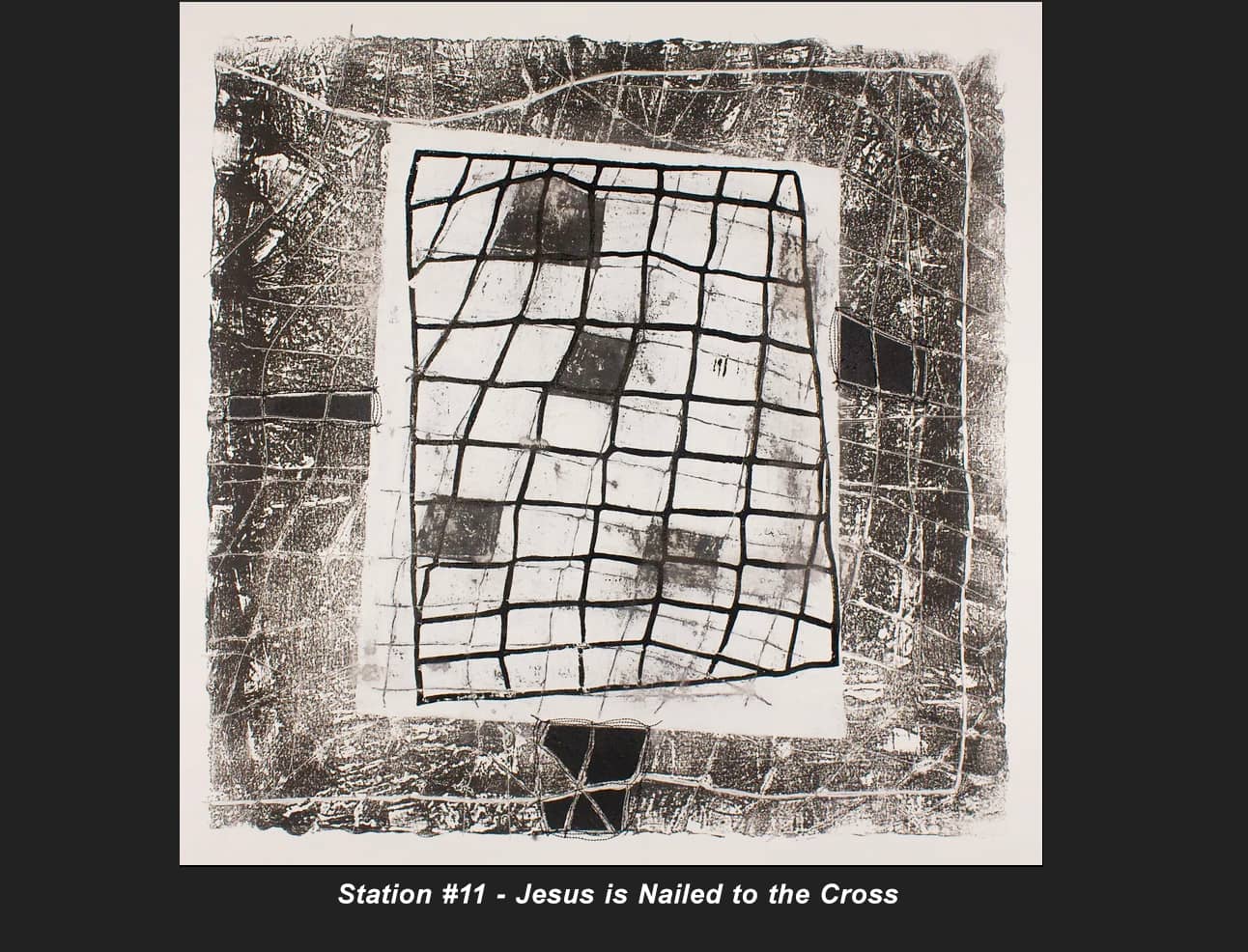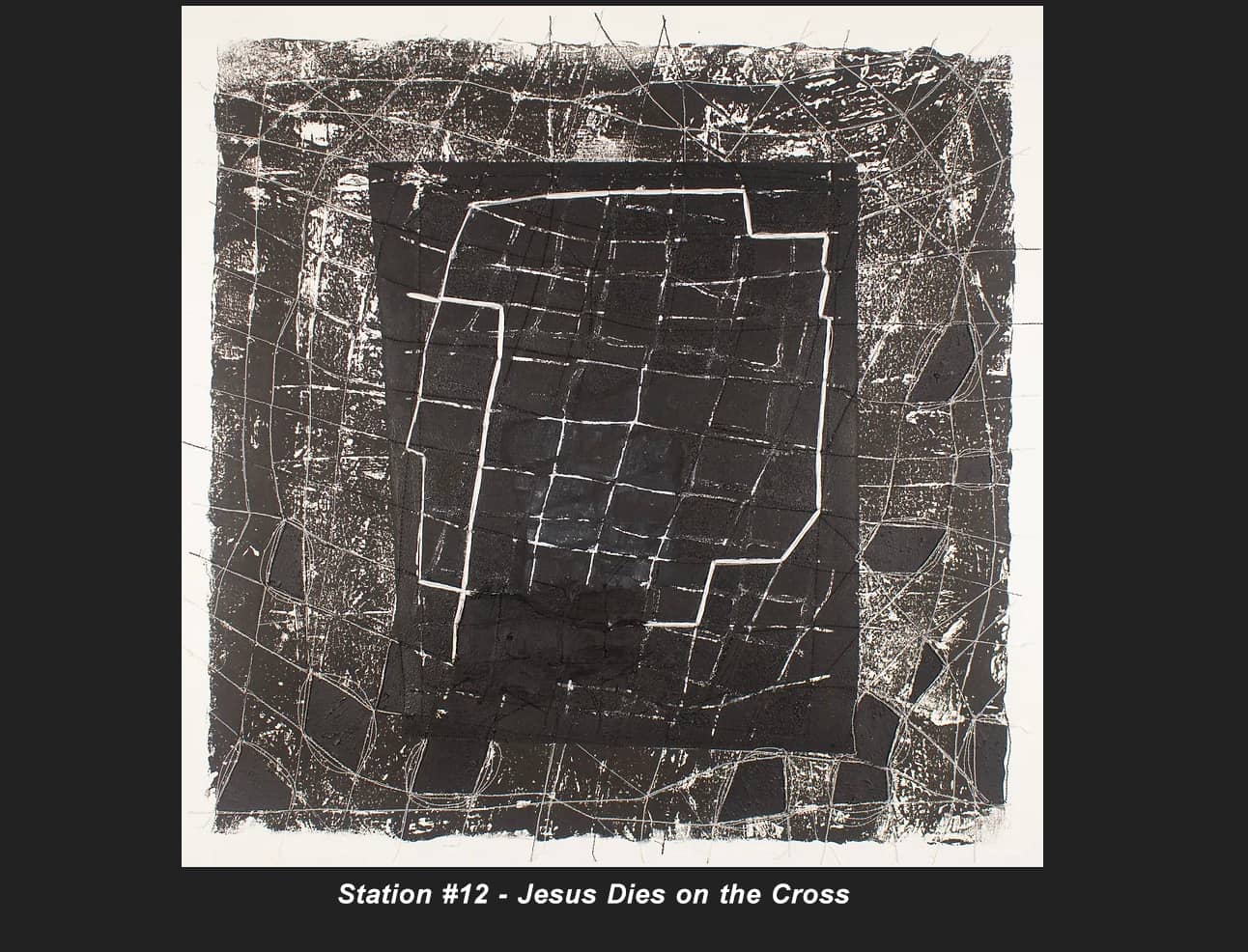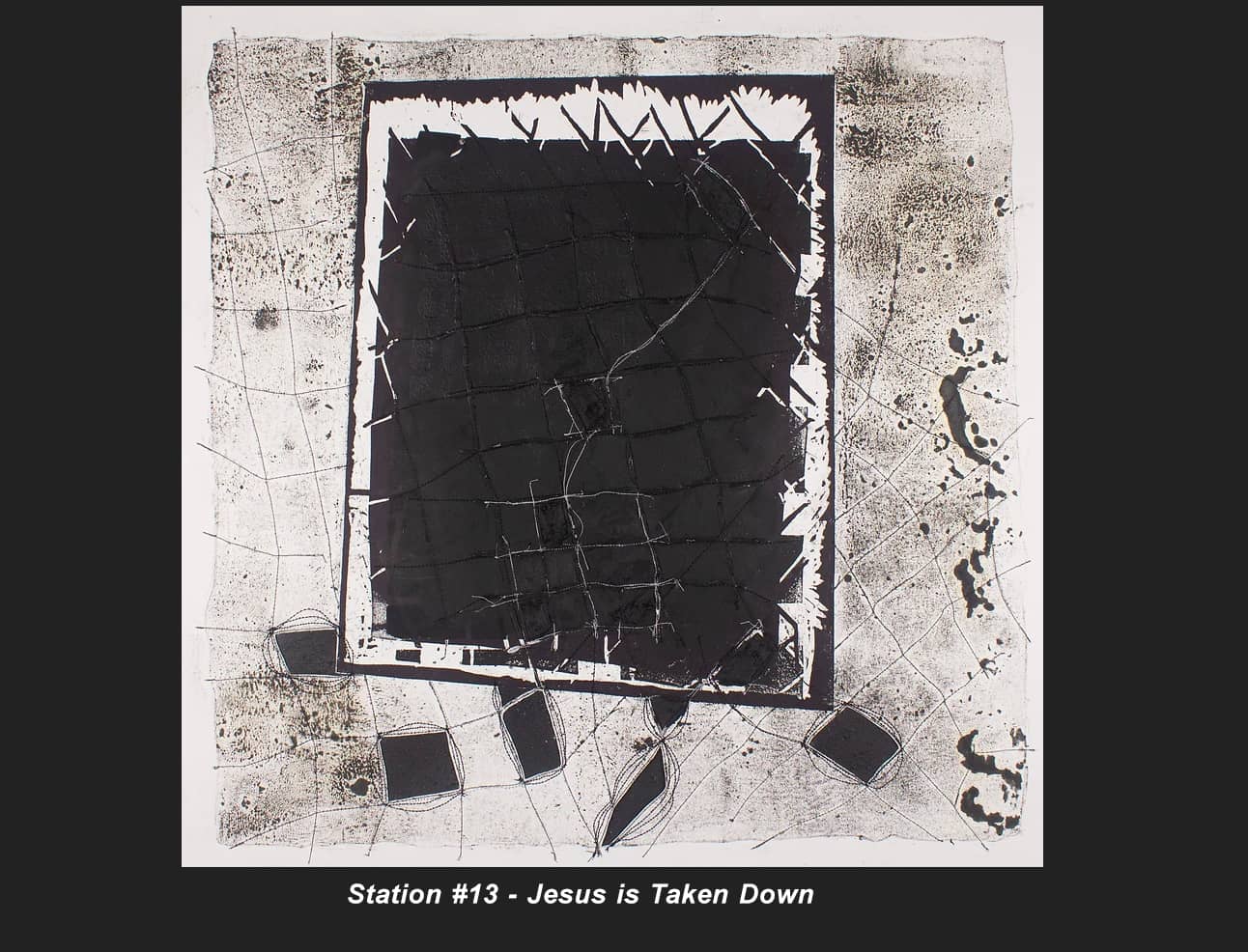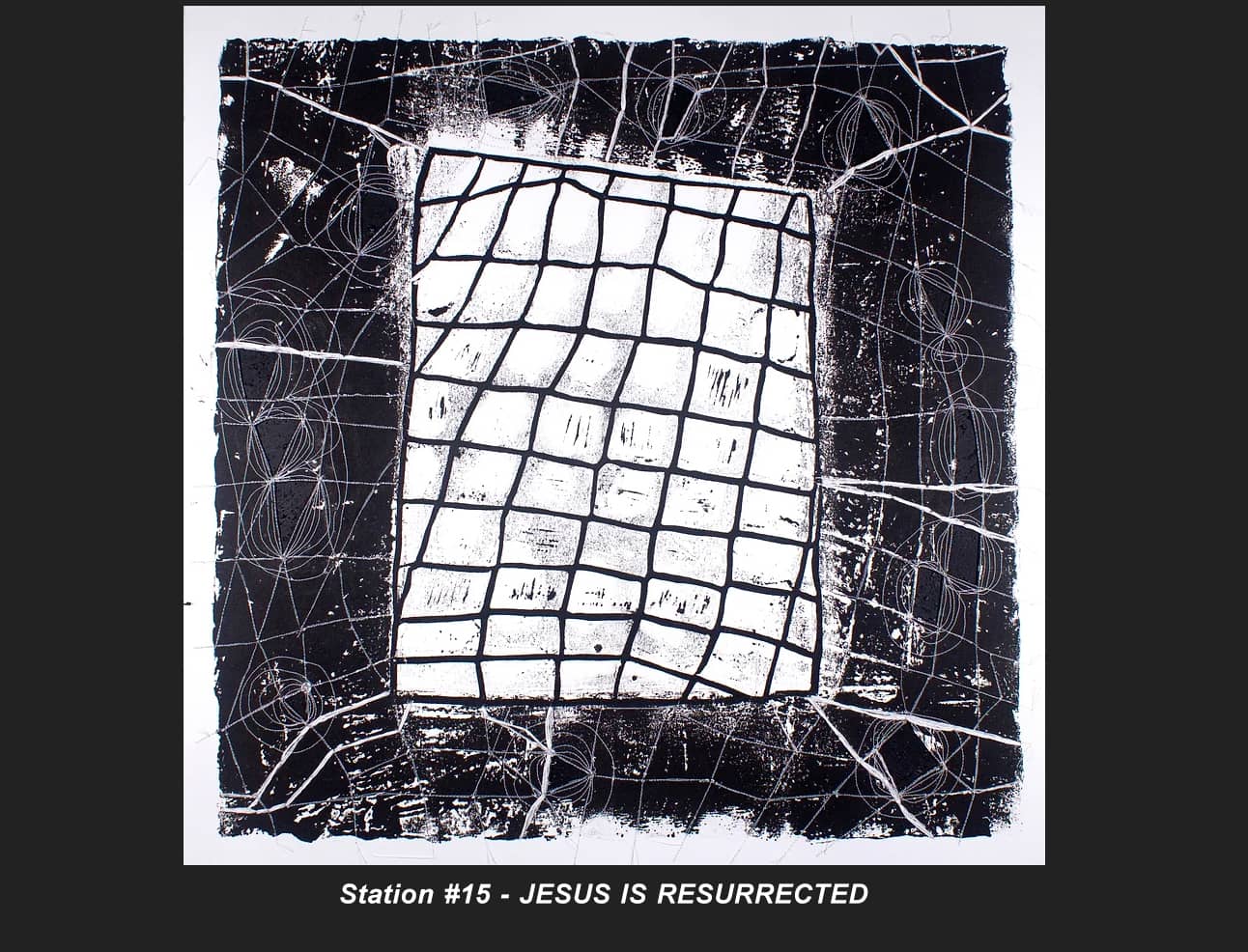March 25: The Exchange
♫ Music:
Day 41 - Monday, March 25
Title: THE FREE GIFT OF LOVE
Scripture: Romans 5:6-15 (NKJV)
For when we were still without strength, in due time Christ died for the ungodly. For scarcely for a righteous man will one die; yet perhaps for a good man someone would even dare to die. But God demonstrates His own love toward us, in that while we were still sinners, Christ died for us. Much more then, having now been justified by His blood, we shall be saved from wrath through Him. For if when we were enemies we were reconciled to God through the death of His Son, much more, having been reconciled, we shall be saved by His life. And not only that, but we also rejoice in God through our Lord Jesus Christ, through whom we have now received the reconciliation. Therefore, just as through one man sin entered the world, and death through sin, and thus death spread to all men, because all sinned—for until the law sin was in the world, but sin is not imputed when there is no law. Nevertheless death reigned from Adam to Moses, even over those who had not sinned according to the likeness of the transgression of Adam, who is a type of Him who was to come. But the free gift is not like the offense. For if by the one man’s offense many died, much more the grace of God and the gift by the grace of the one Man, Jesus Christ, abounded to many.
Poetry & Poet:
“Poem Beginning with a Line by Milosz”
by Mark Irwin
“The most beautiful bodies are like transparent glass.”
They are bodies of the selfless or of those newly
dead. What appears transparent is really flame
burning so brightly it appears like glass. What
you’re looking through is the act of giving: One
thing in life needed desperately, given to another,
or perhaps life itself. The most beautiful bodies
are not transparent, but sometimes the color
of lead, like the elephant whom a child with some
peanuts lifts by the trunk in his hand in the swirling
dust, so that it appears he has lifted a monument
or a city with all its pain. The bodies that seem
transparent are made of an ice so pure it appears
to be glass sweating, where you, desiring another,
glimpse your own face that weighs nothing and is burning.
THE EXCHANGE
Look at how the Bible describes people who don’t know Jesus: ungodly, sinners, enemies. Those are some strong words that I would have a hard time saying to anyone, especially in person. Yet those are the words that most precisely capture who we are without God. And in these verses, Paul isn’t saying this to unbelievers (as he did in previous chapters); he’s addressing believers to help them remember what Christ’s death on the cross means in their lives.
When Jesus was crucified, he took on those labels that were meant for us. He was executed as ungodly, he took on all our sin, and he became such an enemy that God’s wrath was poured on him. He died the death we should have died.
And that’s only half the picture. While he took our unrighteousness to the cross, his righteousness was given to us. In other words, he took all the judgment that was rightfully ours, and in return, he imputed to us the perfect life that we should have lived. In effect, we traded shame for honor, guilt for freedom, and fear for joy.
But the key to this passage is in verse 8: God demonstrates His own love toward us. Did you catch the tense of the main verb? Jesus’ work on the cross and his exchange of beauty for ashes is not only complete but something that is still offered to us today.
Take a few moments today to listen to the selected hymn, allowing the a cappella choir to guide you to behold the wondrous mystery of Jesus’ completed sacrifice and current invitation to live into this new reality. Is there something that you’ve been carrying that he’s asking you to leave on the cross? Is there a newness of life that he’s calling you to live into?
Make sure to invest some extended time as we start this Holy Week to meditate through artist Dan Callis’ Stations of the Cross. Callis’ gentle call to reflect on Christ’s journey to death comes from his own journey in processing his son’s premature passing. He developed these fifteen stations to provide space to feel and name, to offer and release, to pray and bless. Feel the grief and loss expressed in the art, while attending to the evocative hope that exudes from his work.
Prayer:
Almighty God,
Your name is glorified
even in the anguish of your Son's death.
Grant us the courage
to receive your anointed servant
who embodies a wisdom and love
that is foolishness to the world.
Empower us in witness
so that all the world may recognize
in the scandal of the cross the mystery of reconciliation.
Amen.
–––From the Revised Common Lectionary
Mike Ahn
Dean of Spiritual Development
Biola University
For more information about the artwork, music, and poetry selected for this day, we have provided resources under the “About” tab located next to the “Devotional” tab.
About the Art:
STATIONS: RESURGAM
Stations of the Cross
Collection of 15 works
Dan Callis
2021-2022
Mixed media on paper
Station #1 - Jesus is Condemned
Station #2 - Jesus Bears His Cross
Station #3 - Jesus Falls the First Time
Station #4 - Jesus Sees His Mother
Station #5 - Simon Bears the Cross
Station #6 - Veronica Wipes Jesus' Face
Station #7 - Jesus Falls a Second Time
Station #8 - The Women of Jerusalem Weep
Station #9 - Jesus Falls a Third Time
Station #10 - Jesus is Stripped
Station #11 - Jesus is Nailed to the Cross
Station #12 - Jesus Dies on the Cross
Station #13 - Jesus is Taken Down
Station #14 - Jesus is Placed in a Tomb
Station #15 - JESUS IS RESURRECTED
The ancient practice called the Stations of the Cross began in the 1500s, when small shrines were set up as visual reminders of the path Jesus took to the cross and some of the moments he experienced along the way. These "stations" eventually found their way into churches. When we follow this practice and take this journey, it’s not just for remembering what was, but as David Bjorlin tells us, it's––"anamnesis"––a way to bring the events of the past into our lives now, looking at them through the lens of the present moment and making them part of our own story and the story of our world today. The journey through the stations is one of grief and loss, of agonies and humiliations. It is a story about being in the middle of the worst of it, with no Easter Sunday in sight, with no inkling that resurrection, restoration, new birth, new life is ever going to happen. As you walk this ancient path in the middle of the world we live in right now, perhaps it will help you remember how Jesus walks right into the pain and suffering of the world and walks through it all with us. STATIONS: RESURGAM is a collection of work that explores grief and lament, drawing on historic liturgical practices of Western Christian and Moroccan Islam.
https://www.themanyarehere.info/thestorybehindthestations
YOU ARE ENCOURAGED TO VISIT THE ORIGINAL WEBSITE THAT HAS ALL THE STATIONS OF THE CROSS AT:
https://www.themanyarehere.info/abouttheart
Artist’s Statement About the Work:
This collection of fifteen works began January 2021 in response to the death of my son. Taking emotional, narrative, and structural cues from the Christian liturgical tradition of the Stations of the Cross, these works offer viewers a reflective pilgrimage as an opportunity to consider moments or seasons of loss and grief. Each station offers a space to feel and name, to offer and release, to pray and bless. The fifteen framed works on paper are a combination of mono-printing, block printing, hand and machine stitching, oil painting, and mixed-media processes. The works began with the mono-printing process using a previous canvas of Callis’ as the printing plate. This recycled work had a heavily textured wood surface conducive to receiving ink and embossing the print paper. The printing process involved covering the surface of the printing block (recycled painting) with printer’s ink, situating paper on top of the inked plate, and running it through the press. After each print the surface of the plate was re-inked. I repeated the process fifteen times. Much like the ceramic Raku process, mono-printing essentially creates a unique image every time, limiting control of the final outcome, like human DNA over a lifetime. The next step was to block-print onto the mono-print design using a combination of five, hand carved block plates. Each plate was carved with a variation of a net design. The block-printing process involved hand inking the plate with every pressing. This layered process was repeated multiple times per print creating a complex matrix of webs that appear to be fraying or reconfiguring, much like the tangled webs we weave. After the printing process, the prints were stitched by hand and the sewing machine introduced yet another series of networks reasserting net lines or running new pathways and making new connections. The final step in the process was the extraction of print fragments symbolizing a wounding to the surface of the work. Each work bears a wound numbering from one to fifteen indicating the station count. Each wound exposes a surface of a textured black surface painted with blessed palm ashes traditionally used for the Christian church’s Ash Wednesday or Day of Ashes ceremony that marks the beginning of Lent.
https://www.themanyarehere.info/abouttheart
About the Artist:
Daniel Callis is an artist and educator living in Southern California. He grew up an hour southeast of Los Angeles surrounded by orange groves, kidney shaped swimming pools, and historic Spanish Colonial Revival architecture. His childhood was immersed in the visual richness of the SoCal semi-desert coastal landscape, surf and car culture, and Hanna-Barbera and Looney Tunes cartoons. Callis received his B.S. in drawing and painting from California State University, Fullerton. He received his MFA from Claremont Graduate University which culminated with Callis receiving the Los Angeles County Museum of Art, Graphic Arts Council’s, Young Talent Award. Working within a variety of media and visual traditions, Callis’s artwork speaks into personal and cultural histories that are continually updated, altered, discarded, reexamined, deconstructed, and reconstructed. His work explores the poetics found at the intersection of materials, and process. The work is derived out of evolving practices, evidenced by labored surfaces of accumulation. Each work archives conversations between method and material, structure, and concept. Daniel’s teaching experience includes a decade working in special needs communities, Cypress Community College, Mt. San Antonio College, Azusa Pacific University, and University of Southern California. He currently teaches at Biola University where he is a professor of drawing, painting, and transdisciplinary studies. In addition to his individual studio practice, Callis has collaborated extensively, including partnering with individuals with physical and developmental disabilities, working with a field biologist in Baja, Mexico, a sociologist in Las Vegas, and a theologian from Duke Divinity School, a poet/musician from Orange County and a performance artist/puppeteer from Rhode Island. His latest collaboration is a multi-artist response to the music of American Composer, Morten Lauridsen.
https://www.themanyarehere.info/abouttheartist
About the Music:
“Come Behold the Wondrous Mystery” (Single)
Lyrics:
Come behold the wondrous mystery
In the dawning of the King.
He, the theme of Heaven's praises
Robed in frail humanity.
In our longing, in our darkness,
Now the light of life has come.
Look to Christ who condescended,
Took on flesh to ransom us.
Come behold the wondrous mystery,
He, the perfect son of man.
In his living, in his suffering,
Never trace nor stain of sin.
See the true and better Adam,
Come to save the hell-bound man.
Christ the great and sure fulfillment,
Of the law in him, we stand.
On Christ the solid rock I stand.
All other ground is sinking sand.
Come behold the wondrous mystery,
Christ, the Lord upon the tree.
In the stead of ruined sinners,
Hangs the lamb in victory.
See the price of our redemption,
See the father's plan unfold.
Bringing many sons to glory,
Grace unmeasured, love untold. (2X)
Come behold the wondrous mystery,
Slain by death, the God of life.
But no grave could e'er restrain Him,
Praise the Lord, He is alive.
What a foretaste of deliverance,
How unwavering our hope, our hope.
Christ in power resurrected,
As we will be when he comes.
On Christ the solid rock I stand.
I stand.
About the Composers:
Matt Boswell, Michael Bleecker, and Matt Papa
Matt Boswell is a widely respected hymn writer and leading figure in church music. Currently the founding pastor of the Trails Church in Prosper, Texas, he came to a saving faith in Christ at age seven while his father, a pastor, was planting a church. Matt has been involved in church planting and pastoral ministry since 1998 and is also an author and hymn writer. Matt is a graduate of the Southern Baptist Theological Seminary (M.A., Christian ministry), and is also a Ph.D. candidate at Southern Seminary with an emphasis in Christian worship and biblical spirituality. He has released multiple albums and has authored or co-authored widely acclaimed songs, including “Christ the Sure and Steady Anchor” and “Come Behold the Wondrous Mystery.” Boswell is well-regarded not only for his hymn writing, but also his training of worship leaders for church ministry. He is the author of Doxology and Theology: How the Gospel Forms the Worship Leader. Boswell also is the founder of Doxology and Theology, a ministry focused on equipping and encouraging worship leaders in the practice of gospel-centered worship.
https://www.thetrails.org/leadership
https://www.sbts.edu/academics/faculty/matthew-boswell/
Michael Bleecker describes his journey of faith, “God, being rich in mercy, gave me the gift of salvation on July 27, 1996, among 62,000 other men at Promise Keepers in Indianapolis, Indiana. I was 16 years old.” Shortly thereafter Bleecker started playing guitar during his freshman year at Ouachita Baptist University and soon realized he had a passion to lead others in worship. After graduating college, he moved to Dallas where I led the music at Metro Bible Study. Bleecker served as the worship pastor at The Village Church for seventeen years before moving to the Citizens Church in 2019 to become the worship pastor.
https://citizenschurch.com/Staff/Michael-Bleecker
As a veteran songwriter and Christian musician, Matt Papa has carved an even more unique space for himself as one of the world’s top modern-day hymn writers. With songs like, “His Mercy Is More,” “Christ Our Hope in Life and Death,” and “Come Behold the Wondrous Mystery,” Papa tours regularly across the U.S. as a songwriter with Getty Music and frequently guests on their tours. A two-time Dove Award nominated artist, Papa is on a mission to write songs that are singable, beautiful, and timeless. He currently serves as an artist-in-residence at Marco Presbyterian Church in Marco Island, Florida, and most of all, is a husband, and a father to five beautiful children.
https://en.wikipedia.org/wiki/Matt_Papa
https://www.mattpapa.com/about
About the Performers:
Southwestern Seminary Oratorio Choir is part of the School of Church Music and Worship located on the campus of the Southwestern Baptist Theological Seminary in Fort Worth, Texas. It was established in 1908 and is one of the largest seminaries in the world.
https://swbts.edu/school/school-of-church-music-and-worship/
About the Poetry and Poet:
Mark Irwin (b. 1952) is an American poet. He is the author of eleven collections of poetry, most recently Joyful Orphan. His honors and awards include the Philip Levine Prize for Poetry; The Nation/Discovery Award; four Pushcart Prizes; a National Endowment for the Arts Poetry Fellowship; Colorado and Ohio Art Council Fellowships; two Colorado Book Awards; the James Wright Poetry Award; and fellowships from the Fulbright, Lilly, and Wurlitzer Foundations. He attended the Iowa Writers' Workshop (M.F.A., 1980) and Case Western Reserve University (Ph.D., 1982). Currently, he is a professor in the Ph.D. program in creative writing and literature at the University of Southern California. His poetry and essays have appeared in many literary magazines including The American Poetry Review, The Atlantic Monthly, Harper’s, Paris Review, Poetry, New England Review, New American Writing, The New Republic, and The New York Times.
https://www.poetryfoundation.org/poets/mark-irwin
https://en.wikipedia.org/wiki/Mark_Irwin_(poet)
About the Devotion Writer:
Mike Ahn
Dean of Spiritual Development
Biola University
Mike oversees the various departments in spiritual development: chapel programs, worship teams, Torrey Memorial Bible Conference, student-led ministries and pastoral care. He is a graduate of Haverford College (B.A., History, ’01) and Talbot School of Theology (M.Div., Spiritual Formation, ’09; Ph.D., Educational Studies, ’22). If he could, he would have two In-N-Out cheeseburgers with chopped chilis, animal-style fries, and a Pamplemousse LaCroix for every meal.
